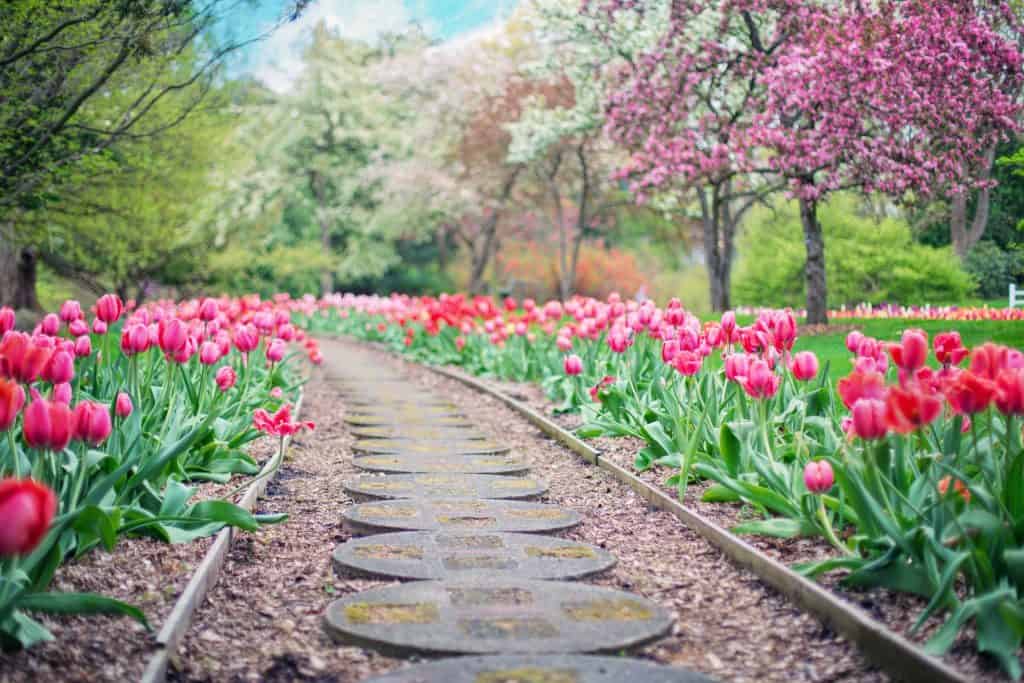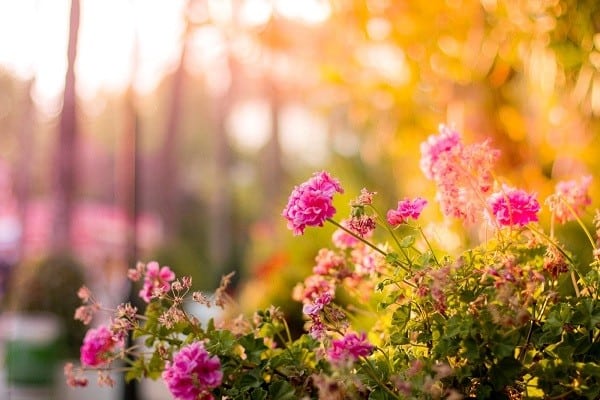There are several gardening mistakes that could be costly. But when you do your research and come up with a good plan, gardening is pretty straightforward. Ignoring the fundamentals of gardening can lead to unnecessary expenses and frustration.
It’s natural to think of costs as money. Gardening costs can add up quickly. In addition to actual monetary costs, there is also the cost of your time.
I consider “costs” to actual money spent for:
- Soil, soil amendments, fertilizer, seeds, plant starts, etc.
- Setting up garden initially (raised beds, pots, garden tools, pest management, watering systems or irrigation supplies)
As well as your cost of time:
- Preparing the soil
- Shopping for the soil, plants, seeds, etc.
- Planting and maintaining the garden
- Dealing with any pests and diseases
I’ve made my share of mistakes and want to share what I’ve learned. One of the most important things is to start with nutritious, well-draining soil. Amend it with compost or do a mix of 1/3 each of compost, peat moss, and vermiculate.
The soil is the plant’s “home” and where it will derive all of its nutrients. Take your time to enrich your soil before planting.
Keep reading to learn other important mistakes that are easy to avoid.
Gardening Mistakes that Could be Costly
1) Planting Plants in the Wrong Zone
Everyone lives in a specific garden zone. This is called a climate zone, hardiness zone, or USDA hardiness zone. Just about every plant and seed from a reputable company will include this information on their website or packaging, indicating where a plant grows best.
These climate zones are as good as gardening law. Ignoring them can result in plants that struggle to grow, or even fail to survive. Different plants thrive in different zones.
Plant for your zone and any perennials are virtually guaranteed to survive the freezing winter or the scorching heat of summer.
2) Choosing Plants that Are Illegal or Invasive
Some plants are illegal. It varies from state to state, but even a few “attractive varieties” are considered to be invasive.
This includes plants like invasive crabgrass and buffelgrass, which spread more quickly than they can typically be controlled. Not only do these plants invade your flowerbeds and lawns, requiring excessive cutting back and weeding, but once established, they become a time-consuming, effort-intensive, and costly problem to eliminate.
It’s important to avoid planting noxious weeds such as wild raspberries, wild blackberries, turkeyberries, wild sugarcane, wild salflower, jointed prickly pear, cape tulip, common crupina, and others on the USDA’s Federal Noxious Weeds List. These invasive species not only require extensive effort to control but also significantly impact the local flora and fauna.
Additionally, being aware of local regulations about specific plant types can save you from legal issues and penalties.
Though you may not be reported for doing so, these plants crowd out native species and basically outcompete the native vegetation.
Research and plan carefully to avoid these costly mistakes.

3) Not Taking Care of Your Investment
Once you’ve planted all of your plants, flowers, trees, and shrubs, you need to have a plan in place to maintain them. Ignoring regular maintenance can lead to plant stress and disease. The first few weeks are critical to their establishment and long-term health.
In most cases, no matter what you do, you will lose a plant or two, especially if you’ve overhauled an entire garden.
Keep your records, plant tags, and receipts. Most garden centers and plant nurseries know this fact and will replace your plant at no charge if it dies within a year.
Consistent care and monitoring are key to a thriving garden.
For some, that pledge extends up to two years. Consider employing mulching and proper watering techniques for better growth. Root cellars can help store for year-round access.
4) Not Being Aware of the Pests in Your Area
If you’re wondering if a specific plant would work well in your area, ask your neighbors first. Or look online or call your local nursery, local master gardener, or gardening society. Being proactive about potential pest problems can save a lot of trouble later. Some areas are more prone to specific types of pests, namely insects.
These will attack any plant of a particular kind on site, never giving it the chance to grow or establish. If you would like to avoid taking those risks, and limiting your gardening mistakes, think twice before importing a plant not offered by a local nursery.
Use natural pest control methods wherever possible to keep your garden eco-friendly.
If you’re dead set on having something, gather information. If things still don’t look right, see if any companion plants might ward off the pests.
5) Ignoring Sun Requirements
Never plant hostas or columbines in direct sun. Don’t expect peppers to thrive in dark areas with damp soil. On nearly every plant’s tag or given planting instructions, you will see sun requirements.
These can be somewhat flexible, most plants work reasonably well in “part sun” and “part shade” but for the few that say “full sun” or “shade” exclusively, follow that rule. Incorrect sunlight exposure can lead to poor plant health and yield.
Being mindful of each plant’s sun needs ensures they grow to their full potential.
Avoiding Gardening Mistakes
To be successful in gardening, you have to do more than plant and hope for the best. It requires careful planning, knowing your USDA hardiness zone, planting the right plants for your area during the right season, and ongoing maintenance. It’s a waste of resources to plant and have nothing grow.
By being mindful of these common mistakes – from planting in the wrong zone to ignoring sun requirements – and taking proactive steps to address them, you can save both time and money.
Taking the time to learn and plan will go a long way in ensuring your garden is beautiful and productive.
Learn more:

